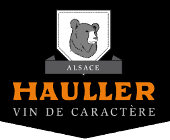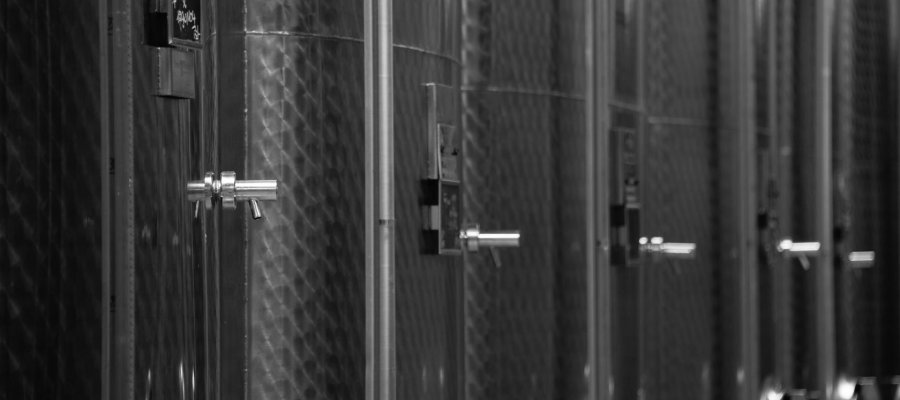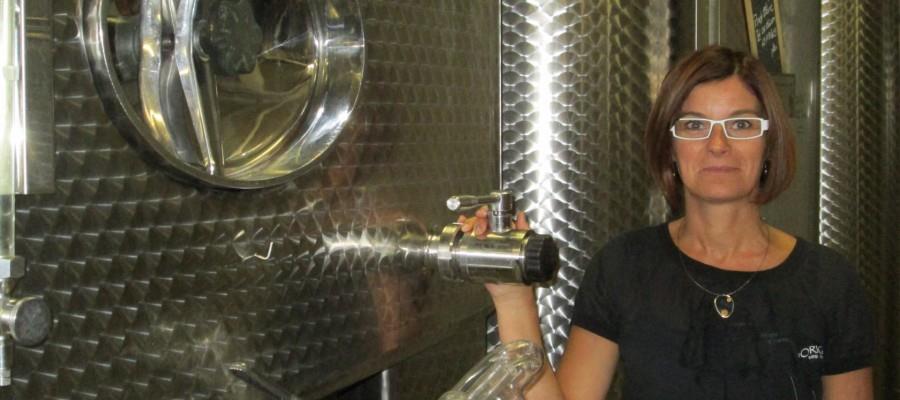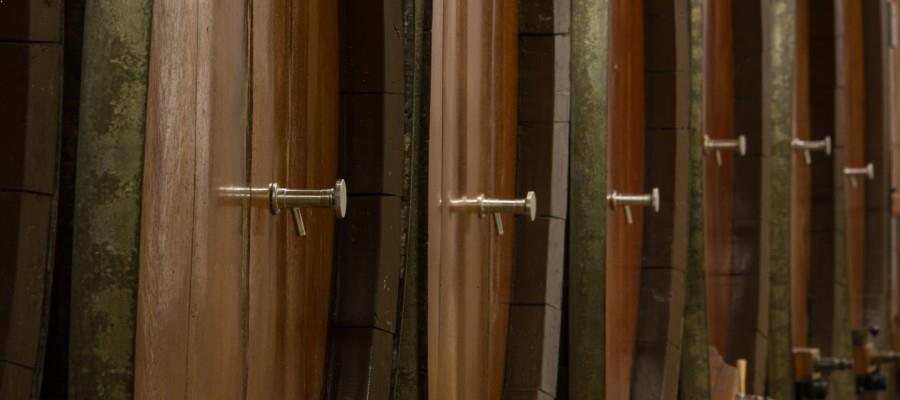Winemaking
After all the care lavished on the vine during winter and spring, autumn announces the time for harvesting. The vineyards of Central Alsace enjoy a beautiful late season, favourable for picking the sun-soaked grapes.
Sparkling wine : Crémant d’Alsace
The pickers harvest the Crémant grapes first. These Pinot Blanc, Pinot Gris, Chardonnay, Riesling or Pinot Noir grapes harvested slightly under-ripe will be pressed gently to extract all the freshness of the varieties and capture all the elegance. During fermentation, which is done exclusively in stainless steel tanks to preserve the fruitiness, yeasts convert grape sugar into alcohol. The primary aromas of the grapes and a little alchemy give rise to a much more complex olfactory bouquet. Once fermentation is complete, the wines will comprise an assembly of one or more varieties. After light filtration, they will be bottled for the second fermentation, strictly following La Méthode Traditionnelle process. Our Crémants will, of course, repose for at least 12 months on slats – as stipulated in the charter of Crémants d’Alsace, but most of our wines will be matured for much longer. After this well-deserved rest comes the step known as disgorging; the wine has become “sparkling” and yeast that has accumulated in the neck of the bottle will be eliminated. A liquor composed of wine and sugar is then added, the amount will determine the style of wine : Brut or Demi-Sec.
Alsace « still wines »
After the Crémants (« sparkling wines »), the grapes for « still wines » arrive in the winery. Fruitier and richer, they ferment longer – often until Christmas. The cellar then echoes to the sounds of fermentation and gives out enticing aromas such as citrus, white flowers and spices … The cellar master’s wizardry is then necessary to capture all these aromas and allow the wine structure to develop until it is time for bottling.
Late Harvested wines and Selection of Noble Grapes
It is not yet the end of the harvest; because until the Vendanges Tardives and Sélections de Grains Nobles are safe in the winery can we put our press-house under wraps until next year. Harvested overripe, these bunches have been enriched through the action of Botrytis, the fungus producing “noble rot”. Extremely high levels in sugar along with aromas of honey and candied fruit result from the concentration within the grape berries. These grapes are scarce to harvest, hard to squeeze and slow to ferment but give rise to wines of such excellence that all our efforts are rewarded.





